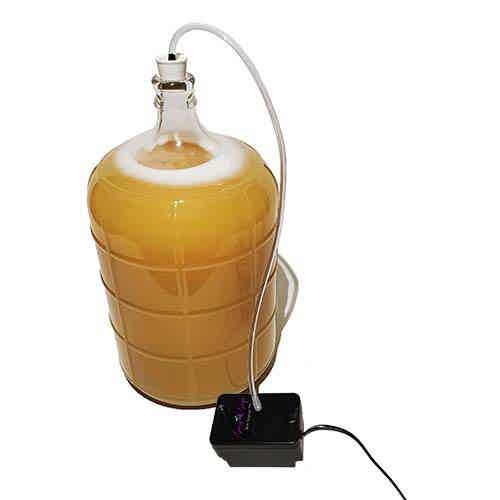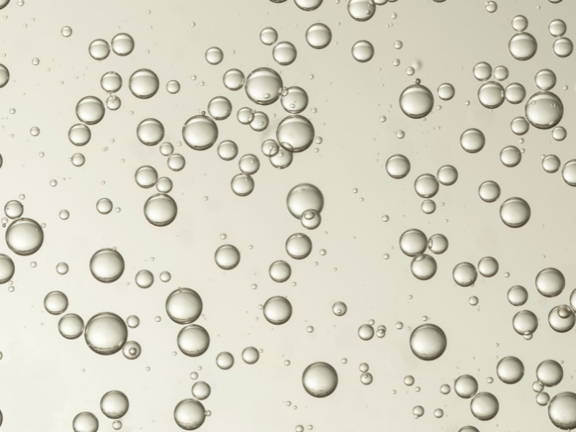Degassing Wine
With a Vacuum Pump
Clarify Faster
Optimize C02
Enhance Flavor
Degassing Wine with a Vacuum Pump
Having the right amount of CO2 in your wine is crucial to wine quality but can be elusive. The levels are hard to measure even for an experienced winemaker. There’s no absolutely correct level of CO2, it is the winemaker's preference of what kind of flavor is sought. For the home winemaker degassing wine has become more art than science. If a good CO2 level can be achieved before bottling, then sound bottling practices and the right closure will help ensure a consistent profile in your bottled wine.

Degassing Wine with a Vacuum Pump

Having the right amount of CO2 in your wine is crucial to wine quality but can be elusive. The levels are hard to measure even for an experienced winemaker. There’s no absolutely correct level of CO2, it is the winemaker's preference of what kind of flavor is sought. For the home winemaker degassing wine has become more art than science. If a good CO2 level can be achieved before bottling, then sound bottling practices and the right closure will help ensure a consistent profile in your bottled wine.
Is Degassing Wine Necessary?
Excess carbon dioxide in the wine can negatively affect the taste and aroma of your wine. It can make the wine taste sour or bitter, and it can also give the wine a fizzy or bubbly texture. Additionally, wines that have not been degassed may continue to release carbon dioxide after bottling, which can cause the cork to pop out or the bottle to explode.

Excess carbon dioxide in the wine can negatively affect the taste and aroma of your wine. It can make the wine taste sour or bitter, and it can also give the wine a fizzy or bubbly texture. Additionally, wines that have not been degassed may continue to release carbon dioxide after bottling, which can cause the cork to pop out or the bottle to explode.

How to Degas with a Vacuum Pump
1. Connect the vacuum hose to a vacuum source
2. Sanitize the plug/ stopper on the other end of the vacuum hose to prevent contamination of the wine
3. Remove the airlock from the carboy opening
4. Insert the sanitized plug/ stopper into opening of the Carboy containing the wine to be degassed
5. Press in to ensure a tight seal
6. Turn on the vacuum source
7. Observe the bubbles rising to the surface of the wine in the carboy
8. If the bubbles begin to enter the tubing, temporarily turn the pump off. Restart when bubble subside
9. Once the bubbles have largely subsided or you wish to discontinue the degassing operation, turn off the vacuum source
10. Remove the degassing plug/ stopper on the other end of the tubing from the opening of the Carboy.
11. Reinsert the airlock into the carboy opening
Great Pumps for Vacuum Degassing Wine
The Gassy Grape Wine Degassing pumps replace cumbersome drill attached whips or loud and oil fogging vacuum pumps. If you are tired of whipping your wine, you will love the ease of operation of Gassy Grape pumps, compact counter top vacuum pumps perfectly suited for the home winemaker. Just plug it to an electrical outlet, insert the bung (plug) into your carboy, connect the tubing to the pump, flip the switch and you are degassing...hands-free! Available in standard or pro versions.




